assista e NÃO VOMITE ( e cuide você da tua psicose da minha cuido eu)
https://www.youtube.com/watch?v=wZ_C5y_T7ZU&t=1056s
16 minutos fala do concreto (sobrevivencia é a 3ª 18:00 m e abstrato, abstrato já está na 4ª indo para 5)
https://www.youtube.com/watch?v=Hg11oRh2WmM
ABAIXO É APAGADO SISTEMATICAMENTE DO SISTEMA, UMA GERAÇÃO INTEIRA VAI FICAR SEM A INFORMAÇÃO PORQUE NÃO SE TEM O INTERESSE QUE FIQUE ESTA INFORMAÇÃO.
O QUE ACONTECE É TUDO DIGITAL, DE TEMPOS EM TEMPOS É TUDO DELETADO, SE VOCÊ NÃO GRAVAR. E TIRE CÓPIA PARA COMPROVAÇÃO PORQUE DEPOIS AINDA ALEGARAM QUE VOCÊ MENTIU.
já havia encontrado o trabalho dele anotei não, então faço a menor idéia onde está a imagem, só que já vi em que livro, não anotei perdi.
pOR ISSO AGORA É TUDO GRAVADO EM 03 VEZES EU COMECEI BRINCANDO QUE TEM QUE GRAVAR 3 VEZES POIS É POIS TEM QUE GRAVAR 03 VEZES. PENSEI ASSIM NÃO TEM PROBLEMA DEPOIS FAÇO A BUSCA E ENCONTRO O LIVRO ?. ?AONDE?
FIQUEM ATENTOS, FAÇAM SUA CONTA, GRAVEM SEUS LIVROS E VÃO GRAVANDO TUDO UM A UM O QUE ESTÃO FAZENDO. COM VÁRIAS COPIAS. PARA NÃO PERDER.
FIQUEI 03 DIAS SEM CONSEGUIR ACESSAR A BIBLIOTECA, JÁ FICO IMAGINANDO QUE É MÁ VONTADE OU QUE PÕE TRANQUEIRA PRA VOCÊ NÃO PODER ACESSAR, TIVE QUE FICAR REVIRANDO ALI NO SISTEMA, APAGA TODOS OS COOKIES, E FAZ ISSO E FAZ AQUILO PRA OTÁRIO, ENCHEÇÃO DE SACO.
E TUDO ISSO EU ME PERGUNTO PARA QUE , POIS SE VÊ POUCO INTERESSE DAS PESSOAS, FICA NUMA GUERRA PRA 1 2 , VIREM SOMENTE OLHAR, A TURMA DO OLHA E SABE NADA?! ESTOU ESPERANDO SOMENTE VIREM DAR PALPITE.
FOI BOM QUE ESTOU TÃO BOA AGORA, QUE ONDE MORO SE DISSER BESTEIRA JÁ VOU DE MACHADO NA MÃO.
OUSOU, LEVOU! BEM ISSO FERNANDO PESSOA.!
INACREDITÁVEL. APRENDI COM UMA ULTIMA PESSOA QUE SE APRESENTOU, A PESSOA SE APRESENTOU E FICOU EVIDENTE QUE SE APRESENTAR SIGNIFICAVA ( A INTIMIDADE DIMINUI O RESPEITO, ELE ACHOU QUE DEI INTIMIDADE PRA ELE SÓ PORQUE SE APRESENTOU COMO VIZINHO) = ME ENRABAR, TÁ CERTO. TADINHO DELE. EM QUAL PLANETA QUE ELE FOI PARAR MESMO?? POIS É NÃO SEI, QUE PASSE BEM.
BOM DE TUDO ISSO É QUE ME CUREI DE VEZ DE QUERER APROVAÇÃO DE QUEM QUER QUE SEJA. NÃO GOSTOU SE MUDE.
E SÓ OLHANDO A TURMA DE MALUCO CHEGANDO, A CADA NOVA GERAÇÃO, MAIOR A PIRAÇÃO DAS CRIATURAS, PORQUE ALÉM DE NÃO SABEREM NADA, AINDA COBRAM? O QUE POIS SE A PESSOA NÃO SABE COMO É QUE VAI COBRAR. ISSO QUE DÁ A HISTÓRIA QUE DELEGUEM A OUTRO O TRABALHO, E AÍ CHEGA-SE NESTA BELEZA (SARCASMO), QUE SABEM FAZER PORRA, ALGUMA.
E O PIOR A CONSTATAÇÃO QUE A NOVA GERAÇÃO, ME PARECE REPLICA AS MESMAS MERDAS DA ANTERIOR . EM VEZ DE ESTUDAR E TENTAR CAIR FORA DESTE CICLO INFINITO ( É O CICLO SEM FIM DA .... QUE ♪ ♫ ♬ ♩ ♭ ♮ NOS LEVARÁ.♪ ♫ ♬ ♩ ♭ ♮ ................. A LUGAR ALGUM ♪ ♫ ♬ ♩ ♭ ♮ M ..... (POIS AGEM COMO MACACOS).
EU JÁ ME ACREDITAVA FRAQUINHA, POIS MINHA AVÓ FAZIA TUDO, E TRABALHOU SUBSTITUINDO O VÕ PROMOTOR DO PARANÁ, ELA FAZIA O VÔ ASSINAVA POIS MORREU BEM JOVEM MUITO DOENTE.
ME LEMBRO DE OLHAR APAVORADA PRA AVÓ ME QUESTIONANDO COMO É QUE VOU CHEGAR AOS PÉS DESTA MULHER QUE CARREGOU O PIANO NAS COSTAS?
E FAZIA TODO O RESTO COM MAESTRIA, COZINHEIRA, BORDADEIRA, COSTUREIRA, TUDO BASICAMENTE, HOJE O CARA NÃO SABE TROCAR UMA RESIST~ENCIA DE CHUVEIRO E VEM ME DIZER COMO É QUE É.
ERA O QUE ME FALTAVA. RAÇA DE FRACOS.
Só olhando em volta, como são fracos, peguei uma turma apavorada no tube,dizendo que se vier o cumprimento mesmo do apocalipse.
Mas eu só dou risada ou choro, lógico que morre tudo gente. Fica um pois a geração nova não sabe o que é uma vaca? Não sabe que o milho 'pranta' e só cresce em 6 meses, eles estão jogando "fazendinha infeliz" que tudo surge do nada, aparece. rs!
Nos EUA os filhos já acompanham que um percentual grande da população, muito culta (deboche). Acredita que o Toddynho vem da vaca marrom.
E como acompanho estatísticas porque sempre gostei desta praia. Oooopa, mais um Influencer morreu, de "burrice". Tão lamentável. Já tenho um caderno aqui anotando pondo nas estatísticas. Mais um.
Que não entendeu que vive numa roda, que é predeterminada, se você não seguir as regras, se fu.... deo.
O capitalismo. etc. recomendo ler aquele livrinho do Karl Marx, de 12800 páginas (mentira fui ver só passei assim pra você ficar apavorado) é delícia.
Pois é você me julgou . Eu tentei me segurar pra não te jogar a cara o que eu havia pensado de você. rs, kkk.
Agora digo aqui que não me interessa. (acrescentei hoje isso 29 08 2025), Está lá não sei onde:
com o mesmo fel que você julga os outros você é julgado. Bem entendido que sei que você sequer sabe o que é amar e se dedicar ao que seja. Vivendo em volta do seu umbigo (foi o que o outro disse no mestrado, rs) do ego do eu quero assim e assado, mas eu não gosto disso e daquilo. E o que a humanidade tem a ver com os teus quereres, de merda. (inclui isso pois estou passando novamente outra situação de , que quero isso e aquilo, de ?) = vai ver se estou na esquina. Bom é que ultrapassei o limite de dar bola realmente pra o que quer que seja = me curei. Quando me curei disto , curou a fibromialgia, curou a artrite, curou a artrose, curou tudo.
Não por a fonte. Porque não se tem interesse de por onde está o manuscrito e etc. Não querem que vejam não querem que leiam. Querem a desinformação.
Eu já achei o livro mas como não anotei ficou assim e não vou por que estou a horas buscando aqui que deveria achar, biblioteca tal nome do homem do evento e lá a imagem , onde está. Já fui para Alemão , Russo. É cansativo. Quem é que vai estudar ou ler estas merdas?
Cheio de livro para ler e destrinchar a genealogia, buscar as imagens.
Disponibilizei lá a carta de Pero Vaz de caminha que tem 800 páginas quem fez a transcrição desta carta que é magnifícia. Resolveria uma série de questões de genealogia, pois a tudo que ele escrevia. O fulano filho do sicrano, da beltrana, neto deste e daquele. Tudo que escreviam os Portugueses, indicavam quem onde como.
Não se interessam e não querem. é pra matar o estudante na desistência. Não tem como.
o interessante é que não tem a FONTE do treco, é de um lugar que vai pra outro que volta no primeiro e onde é que está a FONTE? desta merda?
aqui a fonte da imagem mas que foi pega aonde c....ete? (apaguei de onde foi , pois nem quero que saibam, porque se interessam para ir apagar). Parabéns , LESA HUMANIDADE.
aqui um documento de uma defesa de tese doutorado, tenho que rir pra não chorar olha o que o doutorando diz.
rs! é triste. :
"Nunca fui tão humilhado em minha vida, como nas aulas de alguns professores doutores."
porque ele não leu, simples e não se liberou de entender que é feito desta forma. Você não tem e nunca teve companheiros , tem inimigos, que te mostram um lado somente a da máscara =Ego.
Enquanto te dizem sorrindo que: não! - é fácil... não precisa! , vá pra praia passear. Eles estão 24 horas estudando pra passar e rezando pra você se lascar, rs. A obra abaixo é simples, já tem ali uma pequena resenha da turma dos revoltados, rs. È simples nem os professores te passam o que seja vá a luta você. Porque você não entendeu que é um sistema de concorrência, e todos querem eliminar todos é simples. Qual o teu planeta? rs! Só você não entendeu. Corra. Se jogue no teu caminho e lute.(peguei aqui na internete um dizendo que não existe luta, existe mais que luta, se supere, corra, brigue pelos teus direitos, pelo teu caminho, pelo que quer ). Porque ninguém se importa.
Se me contradisse sim. Pois sou gnóstica, agora uma coisa é você não querer, se concentrar outra é a vida! Faça.
E depois mais tarde vou pagar carma de ter escrito isso. rs!
Esta é a obra mais "popular" de Reich, em que ele mostra o que o homem comum faz a si mesmo: como sofre, como se revolta, como homenageia seus inimigos e mata seus amigos, como sempre que conquista o poder em "nome do povo" ele o utiliza mal e transforma em algo mais cruel do que a tirania à qual estava subjugado anteriormente, nas mãos da elite.
opa: aqui, POIS É DEUS O QUE É ISSO ME MANDOU ONTEM TUDO DAQUELA PESSOA?.
Infelizmente o que tenho que analisar? Foi um genocida.
No mesmo dia me apareceu o vídeo, fiz a genealogia, passei os livros e ainda estou apanhando com o monte de documentos e apareceu um documento dele. Estou anotando tudo e guardando que foi o MARQUES DE POMBAL, exatamente o que acontece que li e não gostei:
Entendi sim ele foi importante sim porque reergueu LISBOA pós Terremoto, só que quando viu que tinha o poder nas mãos, o Rei delegou a ele poderes ele passou a abusar dos seus poderes. Quando ouve o atentado contra o Rei. Ele aproveitou para (bem é aqui que me livro dos inimigos). E sob acusação indevida mandou matar uma família inteira, os Távoras, de forma atróz ( me desculpa mas eu ainda estou na revisão ortográfica de 1931), ( e sim notei, que tudo isto serve para cortar as relações entre as gerações, o que se passa, uma geração a seguir, sabe chongas de história, e vamos repetir as ignor^ncias sem fim, haja burrice) sob tortura, mães crianças e homens que eram inocentes. Numa apresentação de Dante no Inferno.
Eu não escrevi muito bem ali, porque revolta, mas foi assim mesmo que se passou. Ficou de responsabilidade dele mais de 2.500 pessoas mortas, sumárias sem direito a nada, julgamento. E outro tanto que foi libertado após anos sem explicação alguma, só eram desafeto da pessoa dele.
Assim vai o poder.
É triste. Eu já tinha tomado conhecimento pois fiz o levantamento genealógico da família Távora que nunca se recuperou depois este incidente. Tanto que você não vai conhecer alguém com este sobrenome com poucas exceções, a questão que é um nome Portugues, Távora era pra ter semelhante a Almeida e Silva, que você conhece um Almeida e um Silva ou até é da tua família como eu, que sou prima de dois ramos Silva de SC, um ramo vindo dos Açores (remontando a Portugal, lógico já que não remontaria a Austrália) , outro direto de Lisboa. Pois a regra era matar, eliminar, as pessoas com este sobrenome Távora.
E o pior de matar pois antipatias, era que dava direito a ficar com os bens das famílias.
Li sim que após na história a família Távora foi reabilitada. É brincadeira, após matarem todos chegam , e dizem:
- uops, a gente se enganou. Isso!!!!. (ninguém se engana não!, está na Biblia um dos mandamentos: - não matarás). Ali você já compactuou com o .... já sabe aquele teu primo, está na tua árvore, na tua, porque na minha não.
E nem havia mais as pessoas para devolver os bens
🚨🚨🚨🚨🚨🚨
que ficaram com alguém, não é?! Isso!!.
O mesmo. Tenho que ler melhor para entender . Que foi a perseguição aos Jesuítas, com o devido saque de tudo que era deles. E o pouco bem que eles haviam feito, ou construído, desapareceu.
Minha formação acadêmica é Economista, mas não trabalhei nesta área. E quando entendi como o sistema funcionava, estudei sempre, de família espírita. Todas as obras espíritas, espiritualistas.
Em nossa casa havia uma biblioteca de 5 mil livros, a biblioteca dos avós, advogados, de meu pai engenheiro, e outros agregados, uma de farmácia e bioquímica, e que havia estudado na Sorbene de Paris, Psicologia. E como sempre quis entender a psique humana do porque toda esta discórdia eu segui estudando e lendo. Li um pouco de Freaud, Jung, só que deles pouco entendi pois é complexo e não fiz curso de psicologia. Amei ler quase toda obra da Helena P. Blavatzky, e de seus cumpadres na história da Teosofia: George Mead, Annie Besant, Swandenborg e outros, depois fiquei anos estudando numa escola Gnóstica. E via e gostava de assistir a professora Lucia do grupo de Filosofia, Nova Acrópole e acompanho muito poucos pois o tempo é restrito. Mas sempre Deus dispõe e peguei que em real a professora Lúcia é espiritualista também, e Teósofa. É muito interessante, aqui onde moro assisti quando pude, Os médicos Grisa, que tem um estudo do entendimento que a pessoa já nasce carregando a psique dos seus antepassados (vai lá estudar é um ramo da psicologia).
Acompanhei a busca de outros, li o Angelo Gayarsa e vi o desespero dele sempre buscando para entender.
Assisti o programa da Globo creio ou era Tupy, onde aparece todos eles de mãos dadas num círculo, alguns ainda estão aqui.
Li tudo do Leonardo Boff, exatamente "Teoria da Libertação" e o perdi por 2 dias pois esteve atrás da minha casa, durante alguns dias, só que fui saber no dia seguinte. De propósito. Mentira!, eu não tinha a menor intimidade, só soube por parente, que era meu colega de trabalho.rs! É aquele primo de uma tal de Bruna "magricela", aquela com uma prancha de surf.
Li quase tudo do Huberto Rohden, Cosmorama, um livro poético, e me pergunto como um padre poderia ter tanta espiritualidade em si, compreender tão bem tudo e ainda se expressar. Amei o trecho da poesia dele que diz: " somos partes finitas do infinito".
Eu vi querido que você gosta do Huberto, pois é só não sei se foi você que passou numa "MERKASA" , ou quem seria? Só Pensei em você. E o Wagner, eu fui espiar ele.
E hoje a pessoa companheira de jornada já partiu. É assim a vida. Cada um é uma linha que toca ao outro e vai transformando o outro. (também não fui eu que escrevi)rs.
Aqui tive oportunidade de assistir o professor Waldo Vieira, eu vi sim querido. Entendi sim o que você disse.
Estive na apresentação do Luiz Gasparetto, o quanto eu lamentei que era uma época na minha vida que vivia dura. Não pude comprar as obras que ele fez a frente de todos, não sei porque realmente existe gente que não acredita e desfaz de tudo. Pois ele, pintava duas obras ao mesmo tempo, uma com uma mão e em outra mão outra obra. Nossa se eu pudesse ter comprado uma destas obras.
O Cara era espetacular. Incrível. Uma parte da cidade se acotovelava pra ver. Aqui era assim quando alguma destas pessoas vinha. Já se telefonava, e ficou uma multidão a porta todos espremidos pra não perder nada.
E Assim exprimida assisti a maestro Isaac Karabtchevsky.
Estive com o Divaldo assistindo sua ultima conferência (querido, a outra médium já comunicou que ele já está atuando na pátria espiritual junto a Joana de Angelis) na sua ultima vinda aqui numa multidão imensa, que atravancou toda a cidade, rs. Peguei o trajeto errado na cidade e quase dei a volta a ilha inteira pra ir ver ele.
E no último dia no canecão assisti a uma gauchinha valorosa.
A questão é que creio mesmo que pedimos pra vir agora para ver todas estas transformações.
Eu porque tenho uma natureza melancólica, pois em real se pensar é magnífico.
Este tempo não vai voltar nunca mais.
O que fiquei feliz é que o outro avisou num dos vídeos que até desencarnando você vai como energia retornar pra trabalhar neste tempo, em viagens no tempo. Busque você. Pois é não dá pra abrir pra um tipo de pessoa, qualquer informação, porque "pira ".
Eu vi, porque sabia. E não sei ao certo Se não foi sempre a minha energia retornando pra me segurar, porque as vezes eu quase pulei fora, pois vi a porta se abrindo. É muito linda, e sabia que se transpusesse o portal não voltava mais. E não teria aprendido mais e mais sem fim.
Isto está no livro do Robert Monroe. Viagens Além do Universo. E alguns espiritualistas estão mencionando o trabalho do Robert. Do Ingo Swan Também. De vários deles que prestaram um trabalho para Humanidade de abrir a consciência.
Aquelas espiritualistas estão dando aula pra entender a viagem no tempo, e eu caio na risada pois elas dizem a verdade, a nossa mente aqui encarnada não consegue entender que para o espírito não existe tempo. O tempo é como um círculo, e o espírito está além disso, ele é somente infinito. O que elas dizem eu parei, dizem que é muito louco tudo. Bem isso como é que você vai entender? Que você pode ir e vir, no tempo presente.
Obrigada a Huberto Hohden e a Maria Hohden sobrinha dele, por este conhecimento.
"Partes finitas do Infinito" .
E nós é que acreditamos que estamos aqui, vivendo este momento. Bem a minha parte espiritual em algumas vezes me fez ver isto. É muito louco, porque a gente vê de lá aqui. E fica se perguntando? e o que?
Vou escrever quem sabe!
Obrigada por me deixar ver a Casa de Maria, Adyar na India a Sociedade Teosófica, Praga, em visão a distância. Dá um medão , mas não sei como faz e vai.



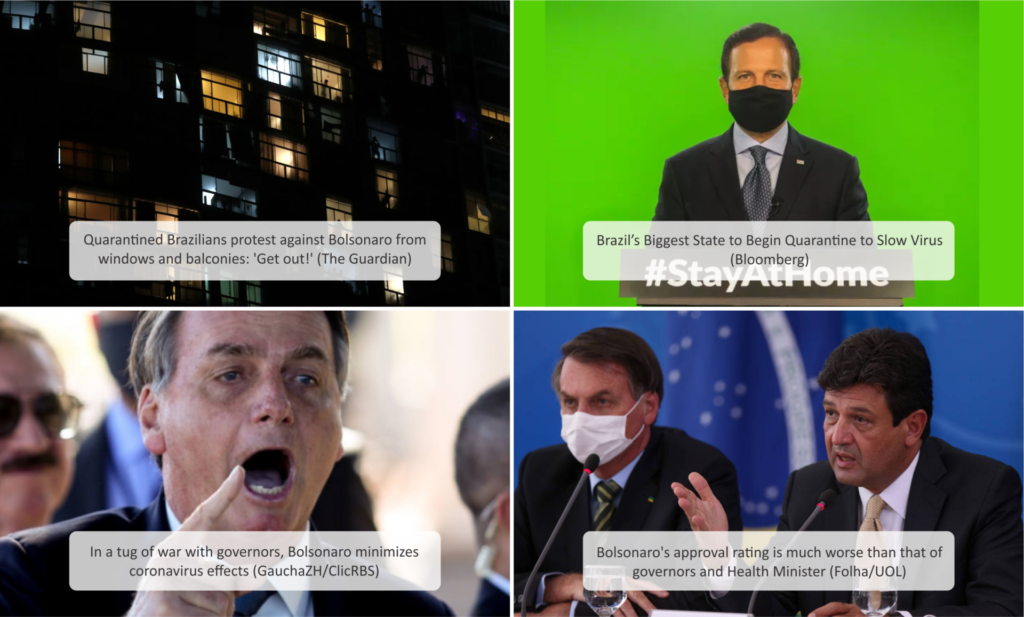
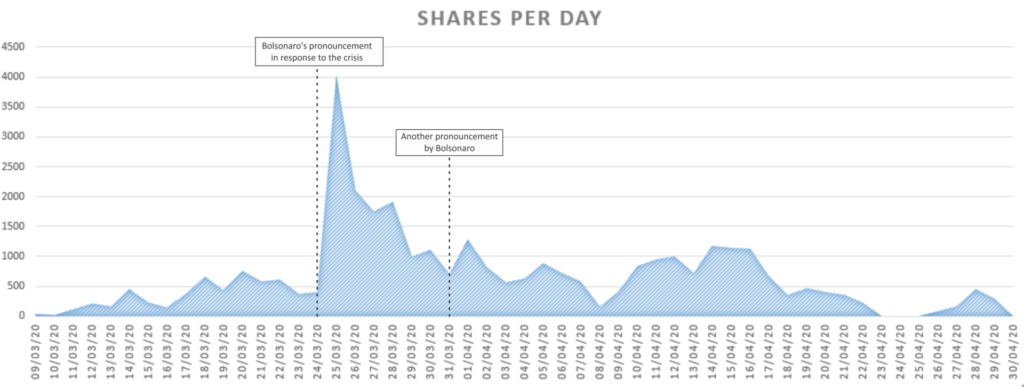
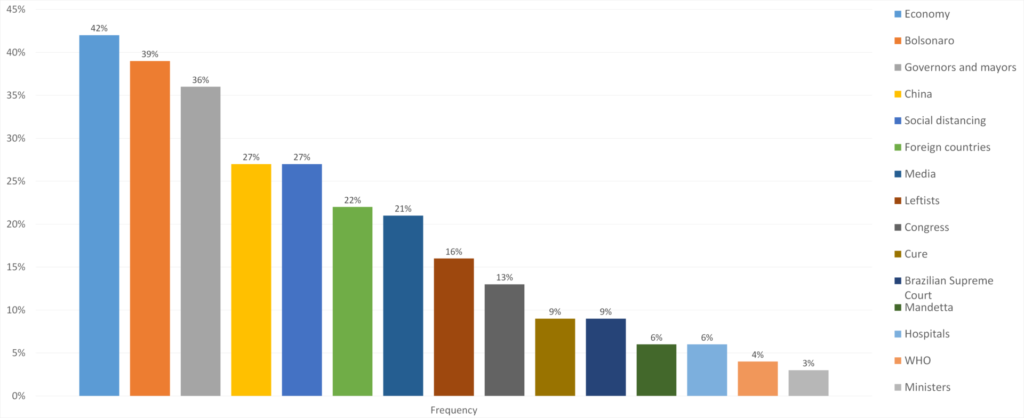
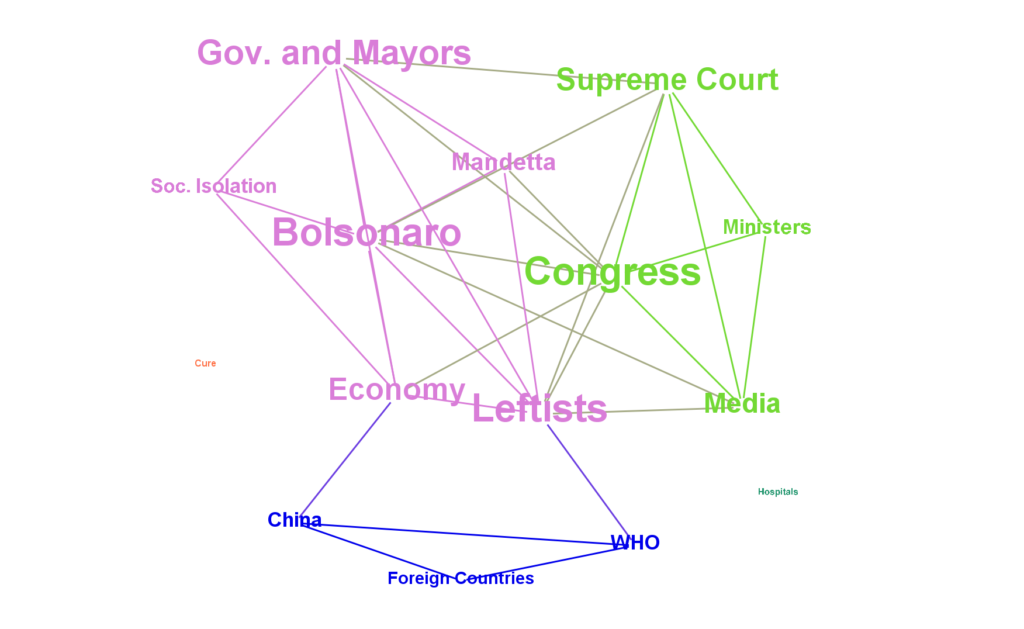

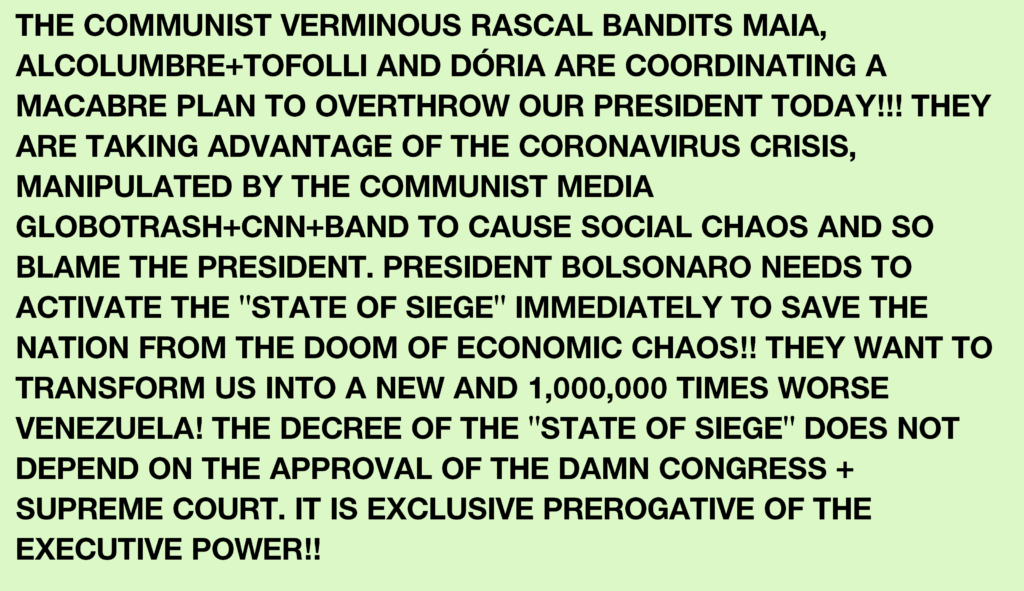
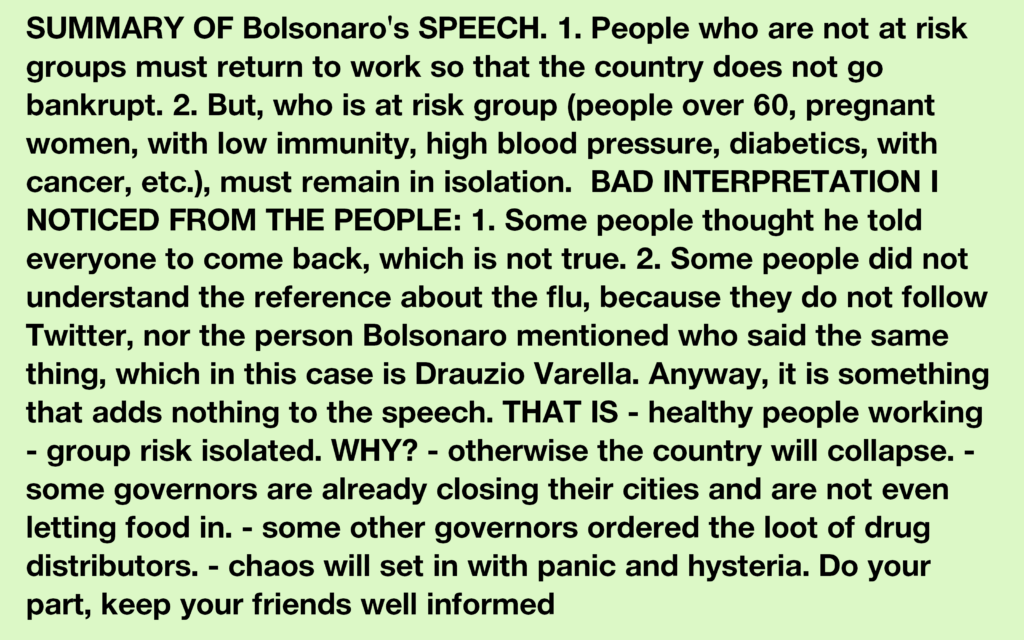


,_soprano_au_Th%C3%A9%C3%A2tre_des_Folies-Dramatiques_en_1877._PH56574.jpg)